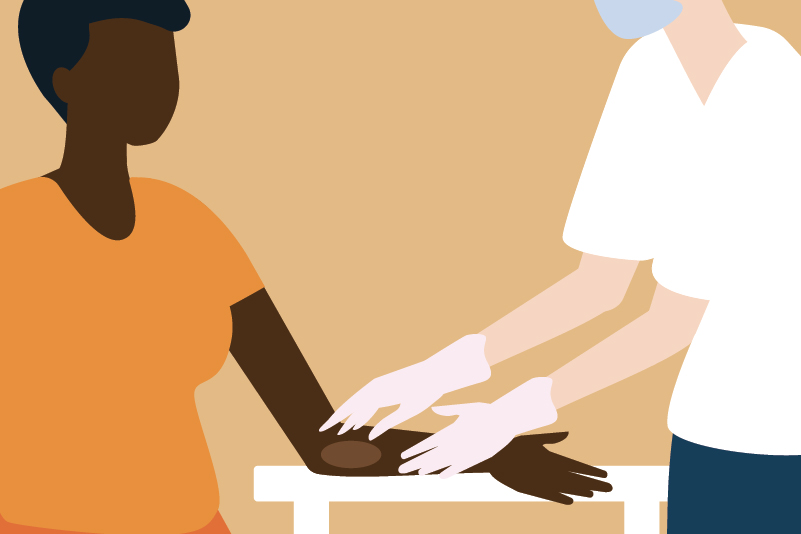#364 Facing the Evidence in Acne, Part II: Oral Antibiotics

Reading Tools for Practice Article can earn you MainPro+ Credits
Join NowAlready a CFPCLearn Member? Log in
- Five systematic reviews1-5 (10-25 randomized controlled trials [RCTs], 165-4521 patients) of oral antibiotics (95% tetracyclines), mild to severe acne. After ~12-24 weeks:
- Total lesion count (percent absolute reduction):
- Oral antibiotic=10-24% reduction versus placebo1-5 (example: 33% versus 23% [placebo]).4
- Oral antibiotic + benzoyl peroxide + retinoid (topical)=35-44% reduction versus placebo alone.2,5
- Oral antibiotics versus topical clindamycin: Not statistically different.2,4
- Inflammatory lesion count (percent absolute reduction):
- Oral antibiotic=13-27% reduction versus placebo1-4 (example: 46% versus 33% [placebo]).4
- Oral antibiotic + benzoyl peroxide + retinoid (topical)=37% reduction versus placebo alone.2
- Oral antibiotics versus topical clindamycin: Not statistically different.2,4
- Investigators global assessment of success:4
- 17% (minocycline) versus 9% (placebo); number needed to treat (NNT)=13.
- Discontinuation due to adverse events:
- No difference versus placebo.2,5
- Exception: One systematic review: minocycline 9% versus 1% placebo (included regimens up to 3 times usual dose).4
- No difference versus placebo.2,5
- Total lesion count (percent absolute reduction):
- No difference between different oral antibiotics in terms of efficacy or adverse event discontinuations.3,4
- Limitations: Patient-assessed outcomes not reported in systematic reviews, inadequate efficacy reporting of adding oral antibiotics to topical agents versus topical agents alone; few RCTs comparing oral antibiotics to topical agents; inadequate data on antimicrobial resistance.
- Guidelines generally recommend:
- Adding oral antibiotics to topical treatments for moderate-to-severe acne or acne resistant to topical treatments.6-8
- ~12-week course of oral antibiotics, then reassessment.6-8 UK guidelines suggest considering a second 12-week course if acne improved but not completely clear.8
- Topical retinoids and oral tetracyclines contraindicated during pregnancy;8 contraception discussion recommended if of childbearing age.







Adding oral antibiotic in addition to topical treatment likely beneficial for patients
Prefer a far more liberal approach in using roaccutane